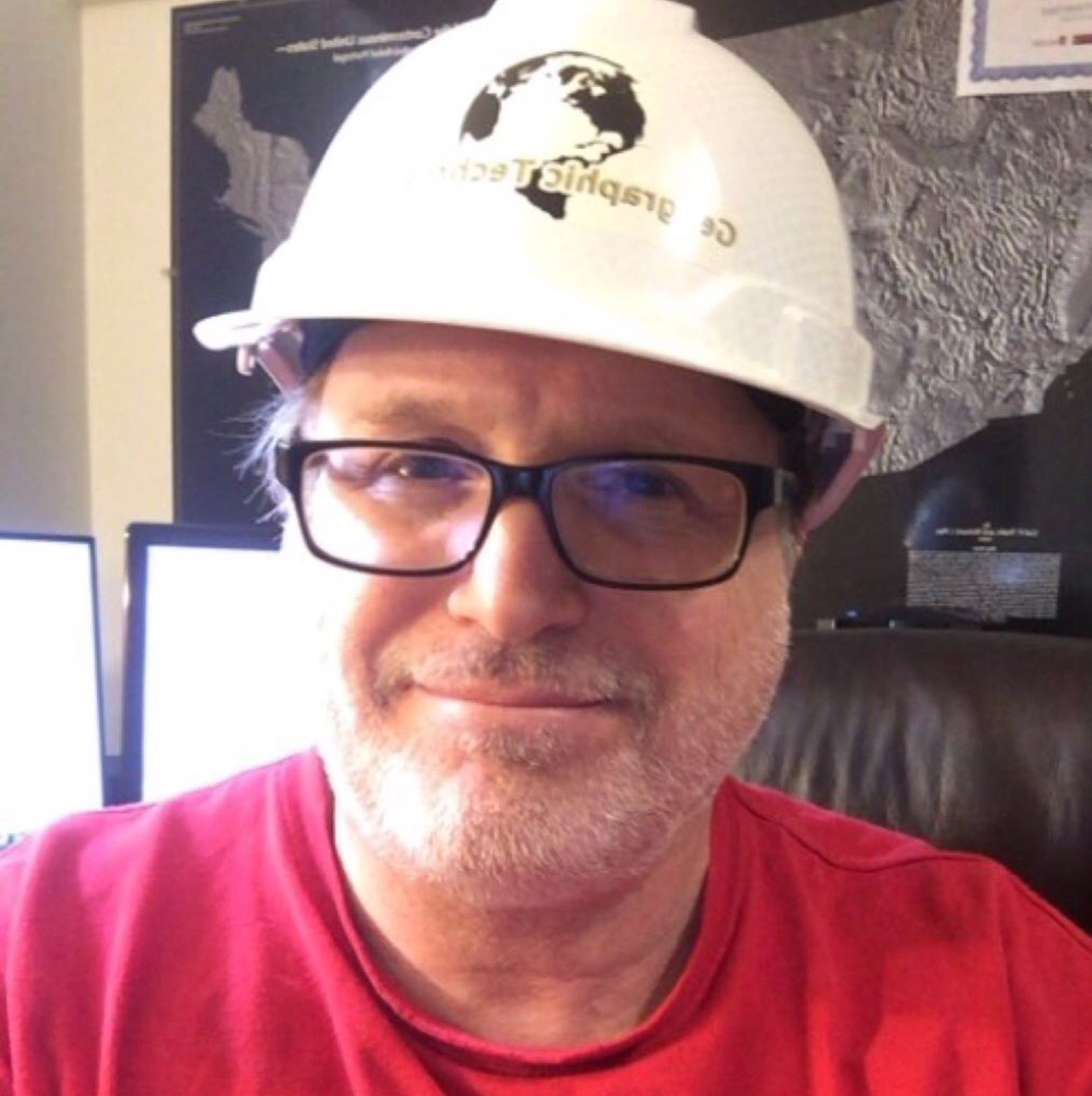Toolbox for Field Services: A Short List
- Douglas Norgord

- Mar 17, 2020
- 3 min read
From Old Hat to New Hat

Our eyes, a compass, pencil, and a pad of paper are probably the most valuable tools we have when it comes to mapping in the field. Aside from those, however, and as the pace of technology grows, some very powerful tools have helped shaped the way we conduct field surverys today. We take a peak into our toolbox of high-tech tools that we use consistently for field mapping, and provide a brief description about how they can be employed across a variety of applications.
Unmanned Aerial Vehicles (UAV)
Our number one tool for field survey and mapping is, by far, the UAV (or drone). Drones have become highly disruptive in the way cartographers, mappers, and land surveyors map and view the land, and have become an essential tool for the management of projects across the geographic spectrum. They allow for on-the-spot detailed aerial photos that allow for fast and accurate deliverables required by land managers, researchers, utilities, property specialists, construction companies, and others.
Land Management and Conservation. Wildlife surveying, monitoring and mapping land and marine ecosystems, anti-poaching and anti-wildlife trafficking efforts, and enforcing reductions in human activities in protected areas.
Land Trust Monitoring and Stewardship. Drones are a perfect to for baseline studies and land inventory, and the monitoring of invasive species. Drones can be used for prescribed burn surveys to determine if and when you should use other supportive restoration practices.

Archaeology. Mapping with drones is used to create 3D surface models and high-resolution mapping of potential excavation sites, and inventory ancient earthworks, especially in hard to reach places.
Construction. Surveyors, landscapers, and builders are responsible for a lot of preparation. They have to calculate cut and fill projects, and complete surveys for pre-construction and as-built properties and oversee the details of the site from preparation forward. Drones provide a method of imaging and plotting construction sites, which allows them to create an accurate model and plan without continually needing to access the physical job sites, saving time and money.
High Accuracy GPS
The use of Global Positioning System (GPS) technology and mapping tools for land related projects is now a widespread. The advantages have proven substantial in improving access to information. GPS technology and mapping tools provides more simplification, increased efficiency, less cost, and sufficient accuracy. GPS and mapping models are valuable decision-making tool for land managers. These technologies are highly advantageous because they are quite easy to use.

Ground Control Points (GCP). One of the biggest factors that can impact the photogrammetry process and, thus, accuracy in drone based imagery, is the use of GCP measurements and GPS reference points.
Real-Time Kinetics (RTK) is a satellite navigation technique used to enhance the precision of position data derived from satellite-based positioning systems (global navigation satellite systems, GNSS) such as GPS, GLONASS, Galileo, and other satellites. Combining GPS signals with RTK corrections can improve greatly improve locational accuracy.
Laser Rangefinder
The laser rangefinder is a handheld (or mounted) device that uses pulses of light to determine distance and angular measurements. Along with GPS, the laser rangefinder is useful for obtaining distance, height, and offset measurements of objects while working in the field.

The ability to apply an offset by recording GPS position, distance, and direction to the object of interest is very useful in challenging situations, such as steep terrain or in a location where a GPS antenna cannot be properly positioned.





Comments